In today’s fast-paced business environment, ensuring equipment and systems run smoothly is more important than ever. Equipment downtime, unexpected failures, and costly repairs can disrupt operations and impact the bottom line. This is where predictive maintenance and preventive maintenance come into play. These two maintenance strategies are revolutionizing industries across the globe by improving efficiency, reducing costs, and extending the lifespan of machinery.
What is Predictive Maintenance?
Predictive maintenance (PdM) is a data-driven approach that uses advanced technologies such as sensors, IoT (Internet of Things), and machine learning algorithms to predict when a piece of equipment is likely to fail. By continuously monitoring the condition of assets, predictive maintenance helps companies make informed decisions about when to service their machinery before a failure occurs.
Key benefits of predictive maintenance include:
-
Minimized Downtime: By identifying potential issues early, businesses can schedule repairs when it’s convenient, reducing unplanned downtime.
-
Cost Efficiency: PdM allows businesses to address only the equipment that needs attention, preventing unnecessary maintenance and saving money on repairs.
-
Extended Equipment Lifespan: Regular monitoring ensures machinery operates at its optimal condition, increasing its lifespan.
-
Improved Safety: By identifying malfunctioning parts before they fail, PdM reduces the likelihood of hazardous equipment breakdowns.
What is Preventive Maintenance?
Preventive maintenance (PM) is a proactive maintenance strategy where equipment is regularly serviced based on a fixed schedule, regardless of its current condition. The goal of PM is to prevent breakdowns and extend the life of machinery by addressing minor issues before they become major problems.
The advantages of preventive maintenance include:
-
Scheduled Intervals: Regular checks, repairs, and part replacements are carried out at predetermined times, minimizing the risk of unexpected breakdowns.
-
Lower Operational Costs: Preventive maintenance helps avoid expensive repairs and reduces the need for reactive maintenance.
-
Enhanced Efficiency: With equipment operating at peak performance, the overall efficiency of operations improves.
How Predictive and Preventive Maintenance Work Together
While predictive and preventive maintenance are distinct approaches, they are not mutually exclusive. When used together, they create a powerful maintenance strategy that can deliver the best of both worlds.
-
Preventive Maintenance serves as a foundation, ensuring that machinery receives regular attention to reduce the risk of failure. This strategy is particularly effective for assets that have predictable wear-and-tear patterns.
-
Predictive Maintenance takes it a step further by using real-time data to assess the health of equipment and predict future failures. This approach is ideal for more complex systems where failures are not easily anticipated through scheduled maintenance alone.
Together, these strategies optimize maintenance practices, providing businesses with a comprehensive approach to keep operations running smoothly and efficiently.
Why Businesses Need Both Maintenance Strategies
Combining predictive and preventive maintenance is key to achieving a more efficient and cost-effective maintenance plan. Here’s why businesses should adopt both:
-
Increased Operational Efficiency: Regular checks through preventive maintenance combined with smart predictions from predictive tools ensures a balanced approach to asset management.
-
Reduced Maintenance Costs: Predictive maintenance can minimize unnecessary repairs, while preventive maintenance helps avoid the high cost of unscheduled breakdowns.
-
Improved Decision Making: The combination of historical data and real-time insights allows businesses to make informed, data-driven decisions about asset management.
-
Long-Term Asset Management: Together, these strategies help businesses maximize the lifecycle of their assets, reducing the need for expensive replacements.
Industries Benefiting from Predictive and Preventive Maintenance
The application of predictive and preventive maintenance strategies is wide-reaching across multiple industries, including:
-
Manufacturing: Preventive and predictive maintenance are essential in ensuring production lines stay operational and equipment runs efficiently.
-
Oil & Gas: The oil and gas industry benefits significantly from predictive maintenance to prevent costly downtime in remote areas and ensure the safety of workers.
-
Transportation: Airlines, trains, and fleet services use predictive and preventive strategies to keep vehicles and systems running smoothly, reducing the risk of delays and accidents.
-
Healthcare: Medical equipment is expensive, and its downtime can affect patient care. Regular maintenance ensures these critical machines are always ready for use.
-
Energy & Utilities: For energy production companies, both maintenance strategies help maintain equipment and infrastructure that are vital for continuous operations.
